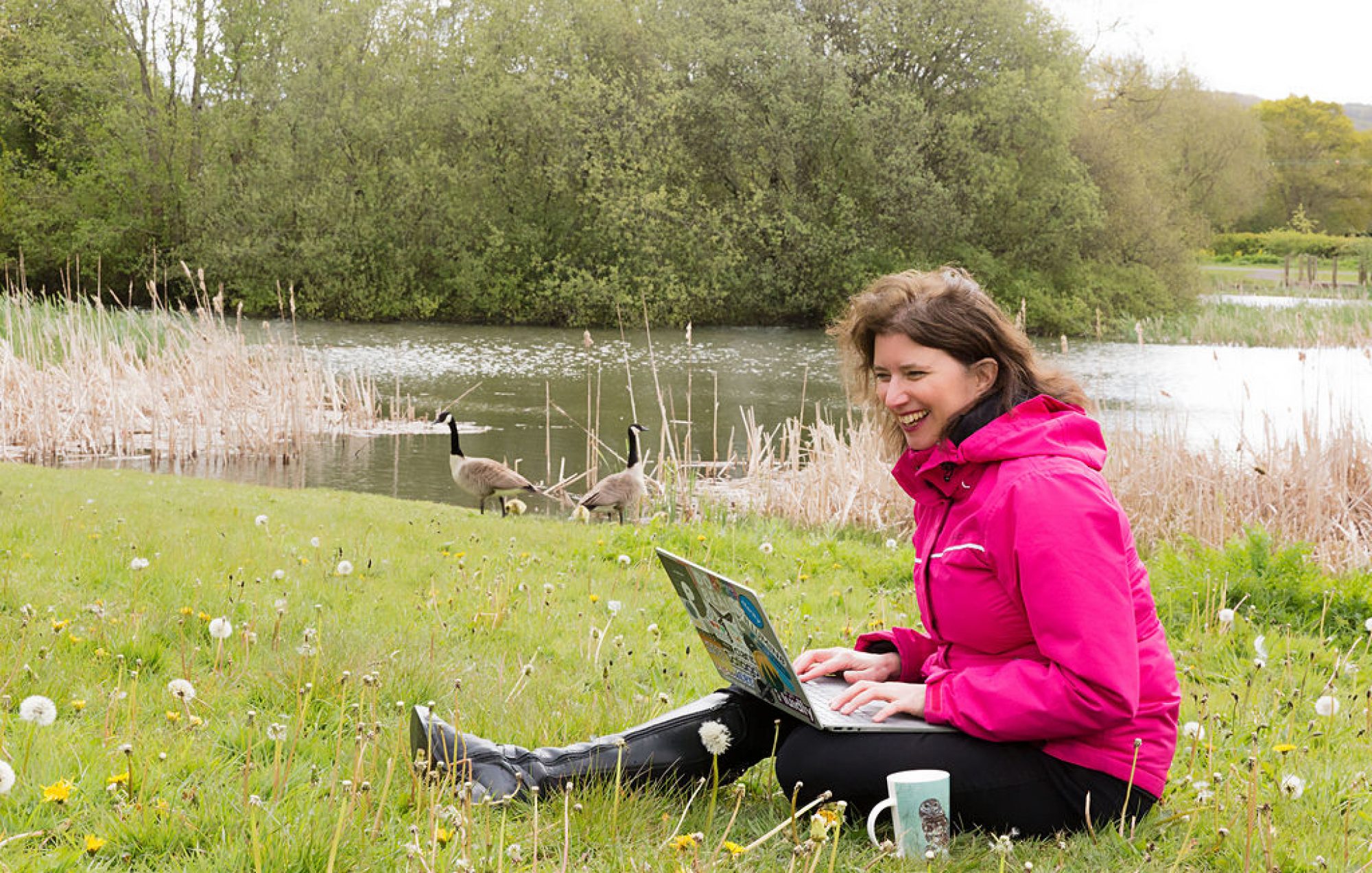Are they helpful or salesy?
Charlie runs my local garage. As it’s just 15 minutes walk away it’s a convenient place to get my MOT done each year. And every year Charlie, or one of his team, sends me a reminder a month before my MOT is due.
I know that it’s now possible to get an email reminder via the .gov.uk website but Charlie has been doing this for years.
That reminder is true customer service because it helps me to ensure that my car is safe and compliant.
That reminder is good marketing because Charlie knows that I will pick up the phone and book my MOT with him. And, whilst doing the MOT, he may pick up additional work. And, as I see him as my regular garage he’s the first person I think about when the Service light goes on in my car.
What can you do to genuinely help your clients that will also lead to a sale?
